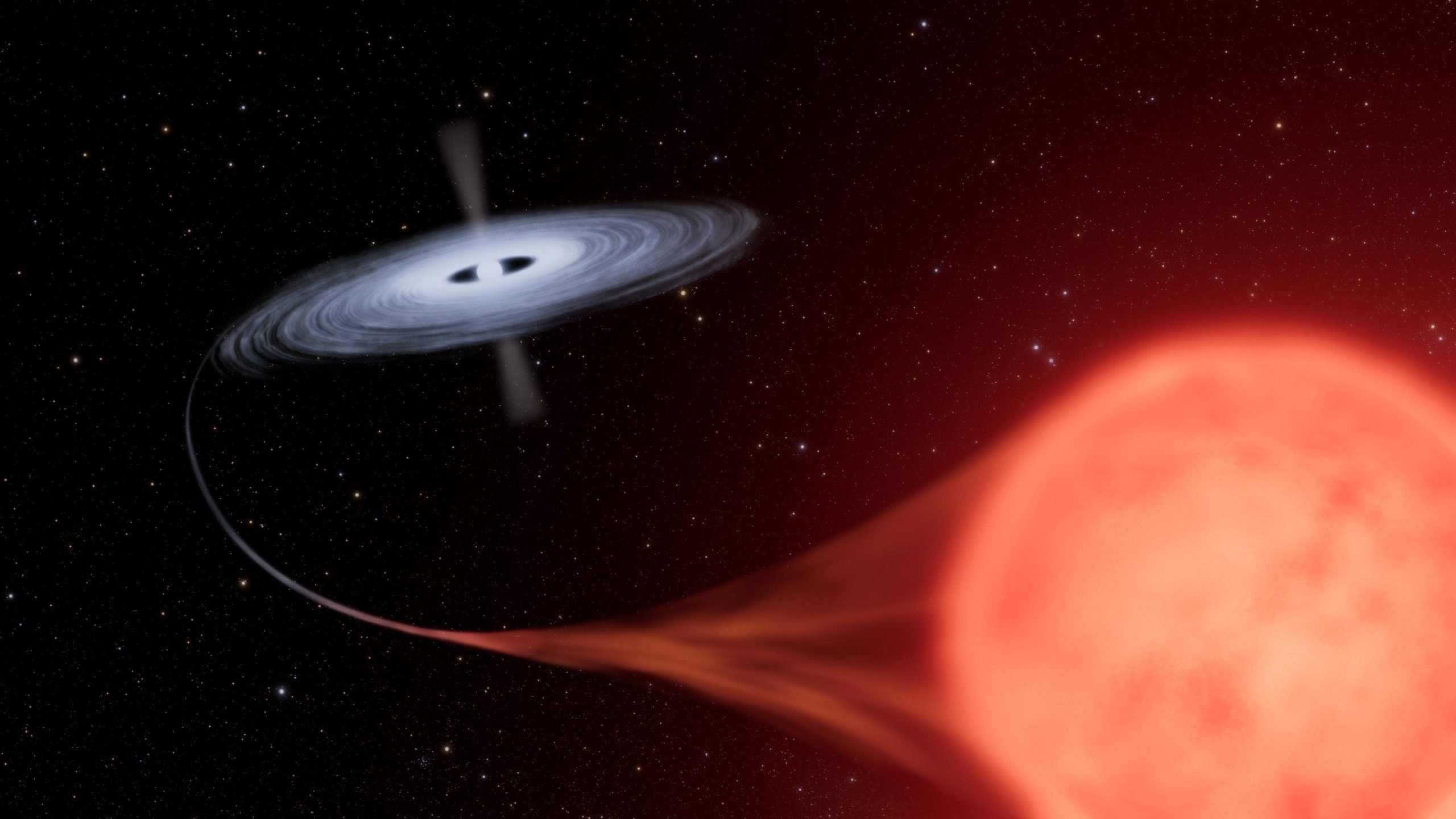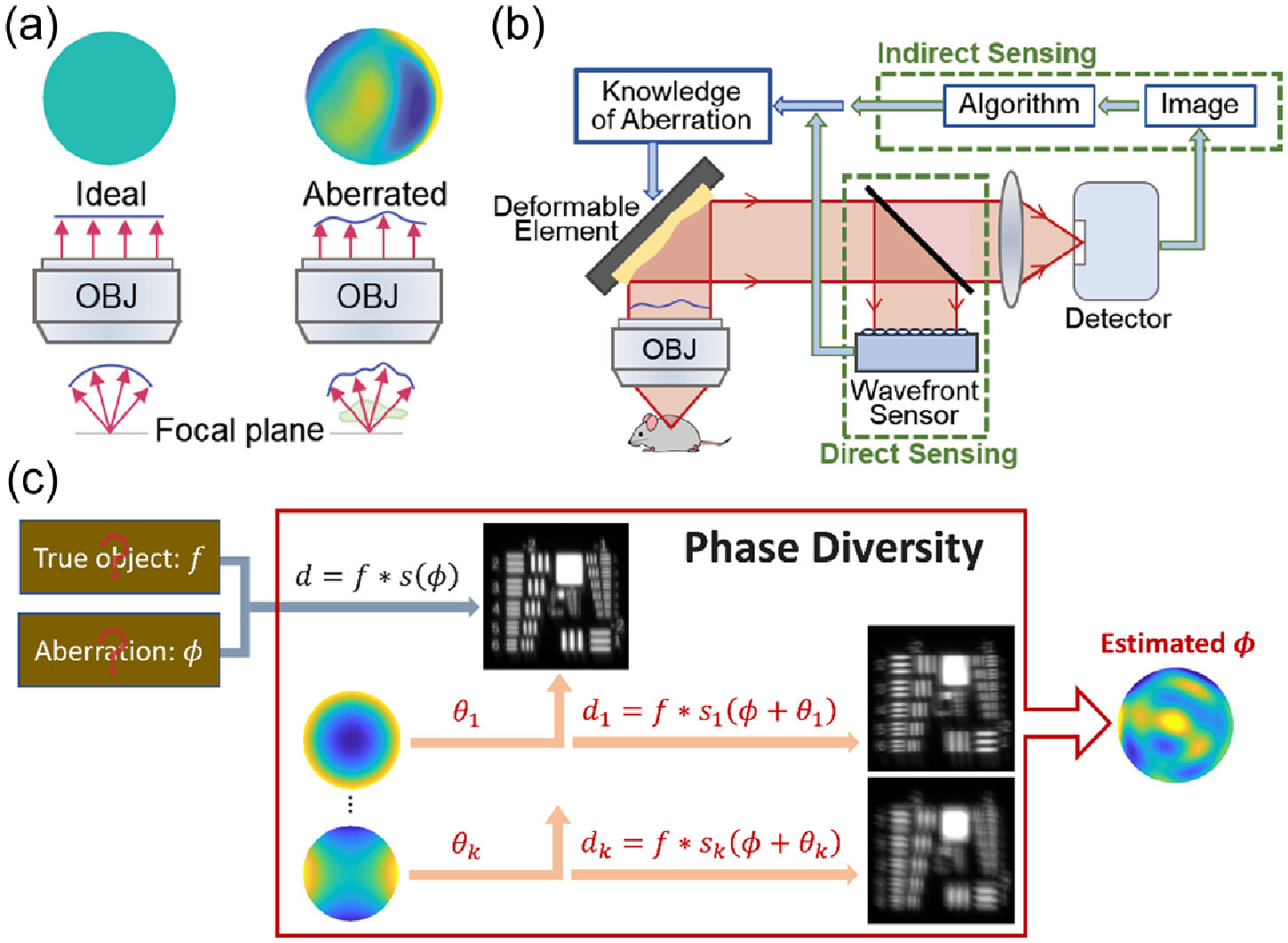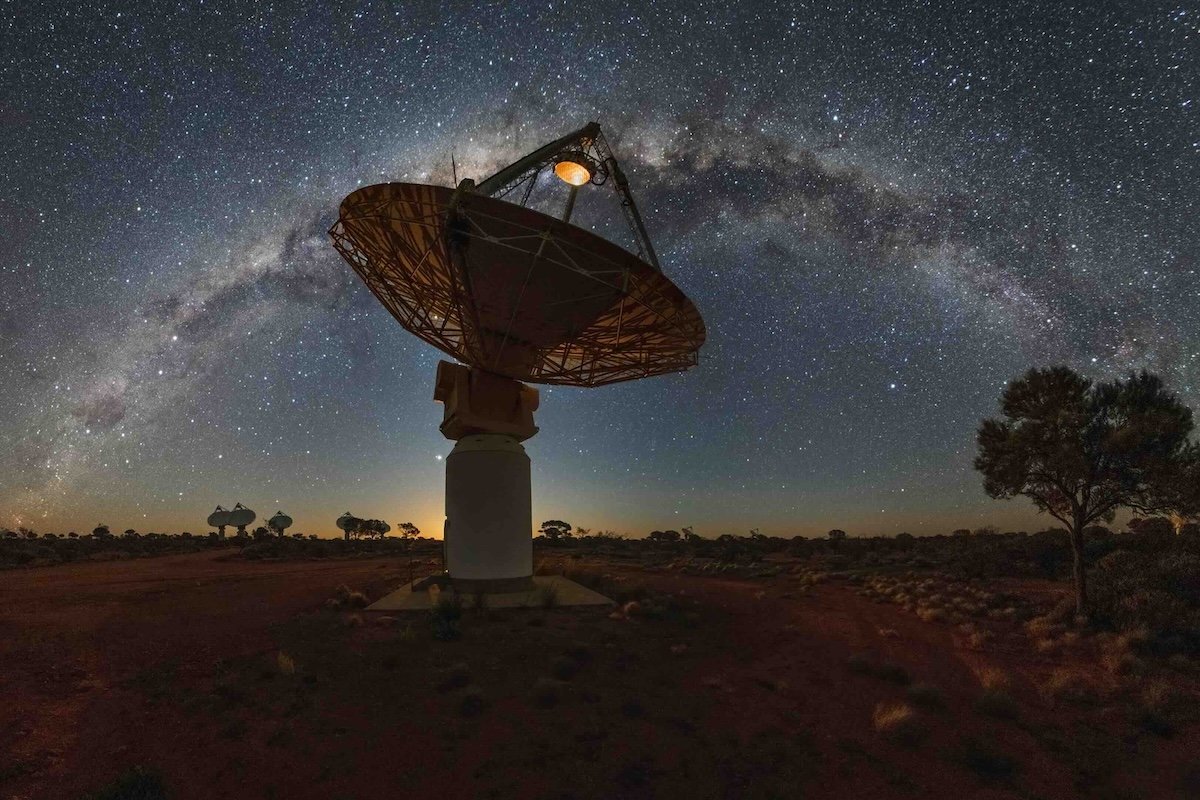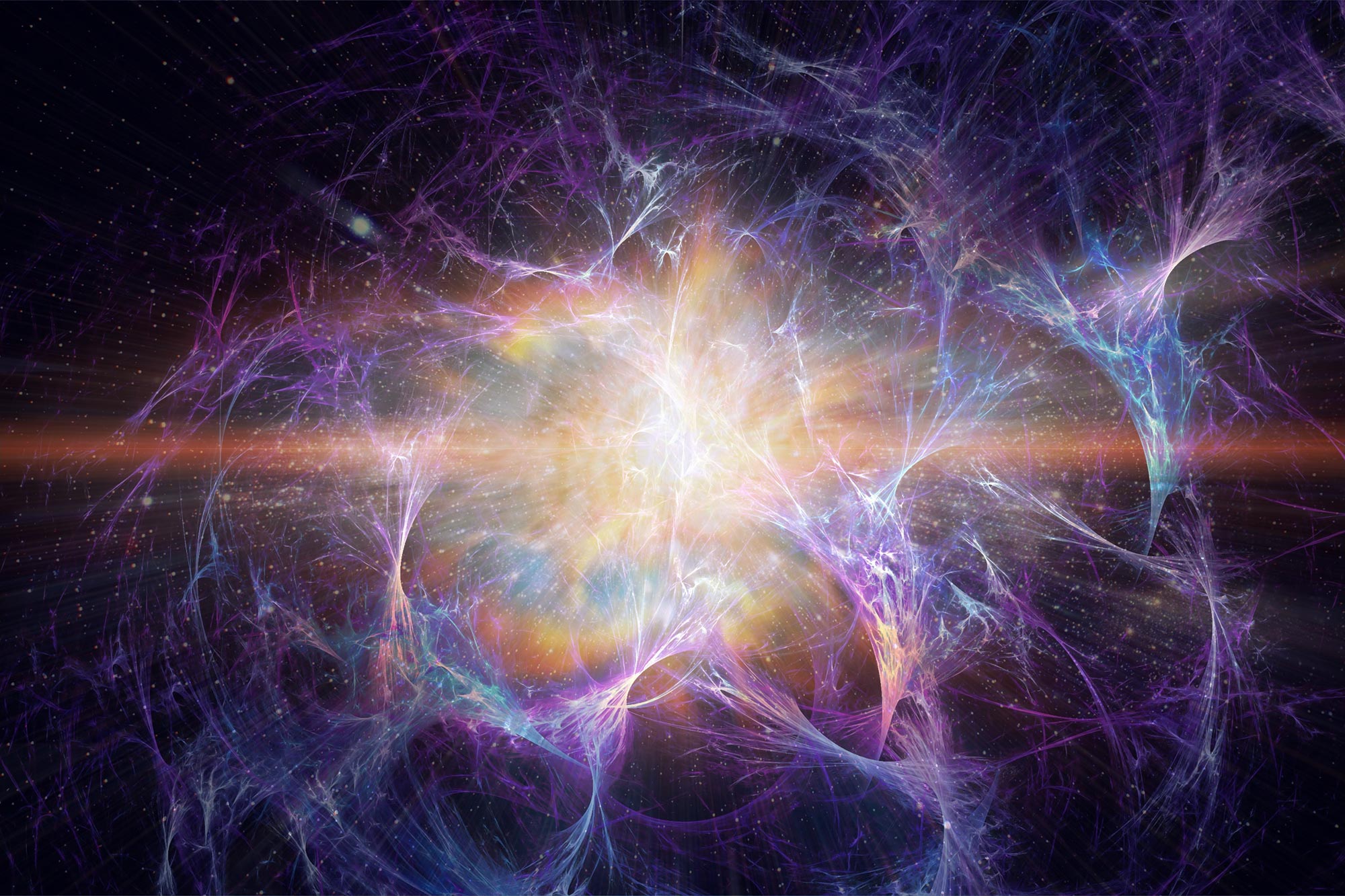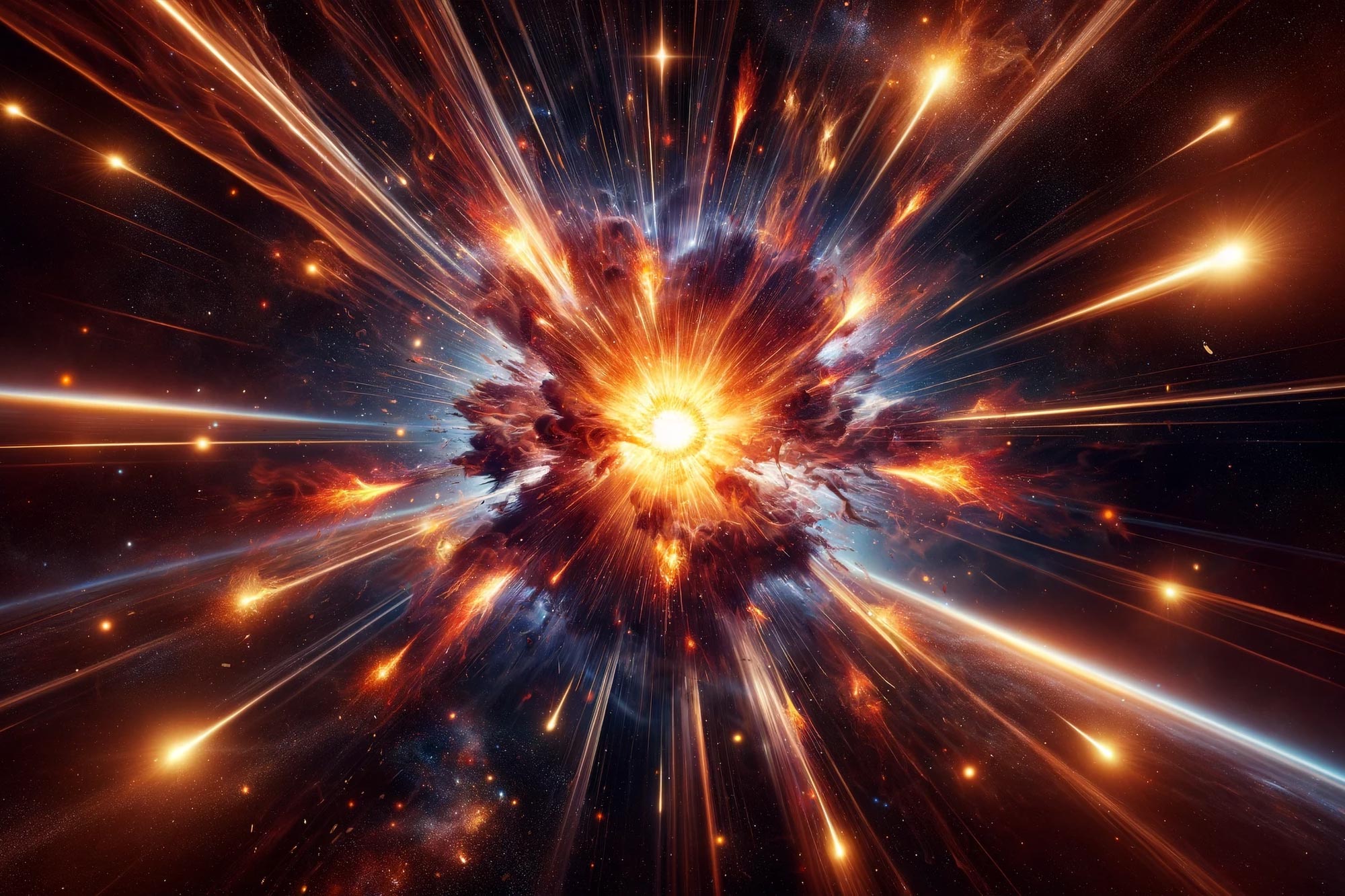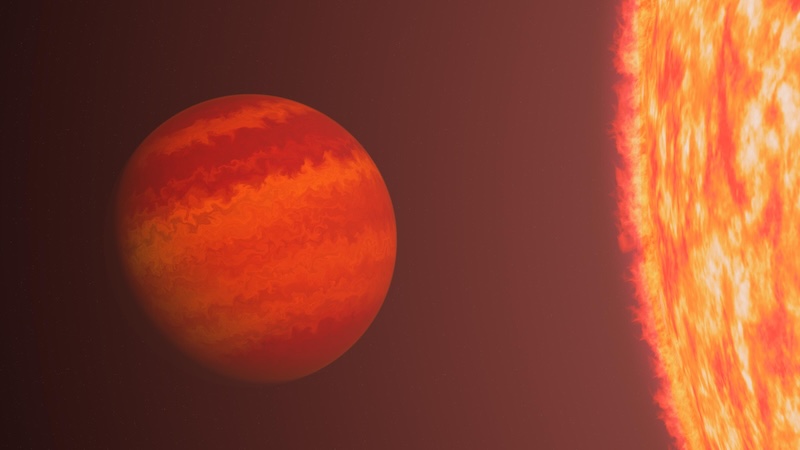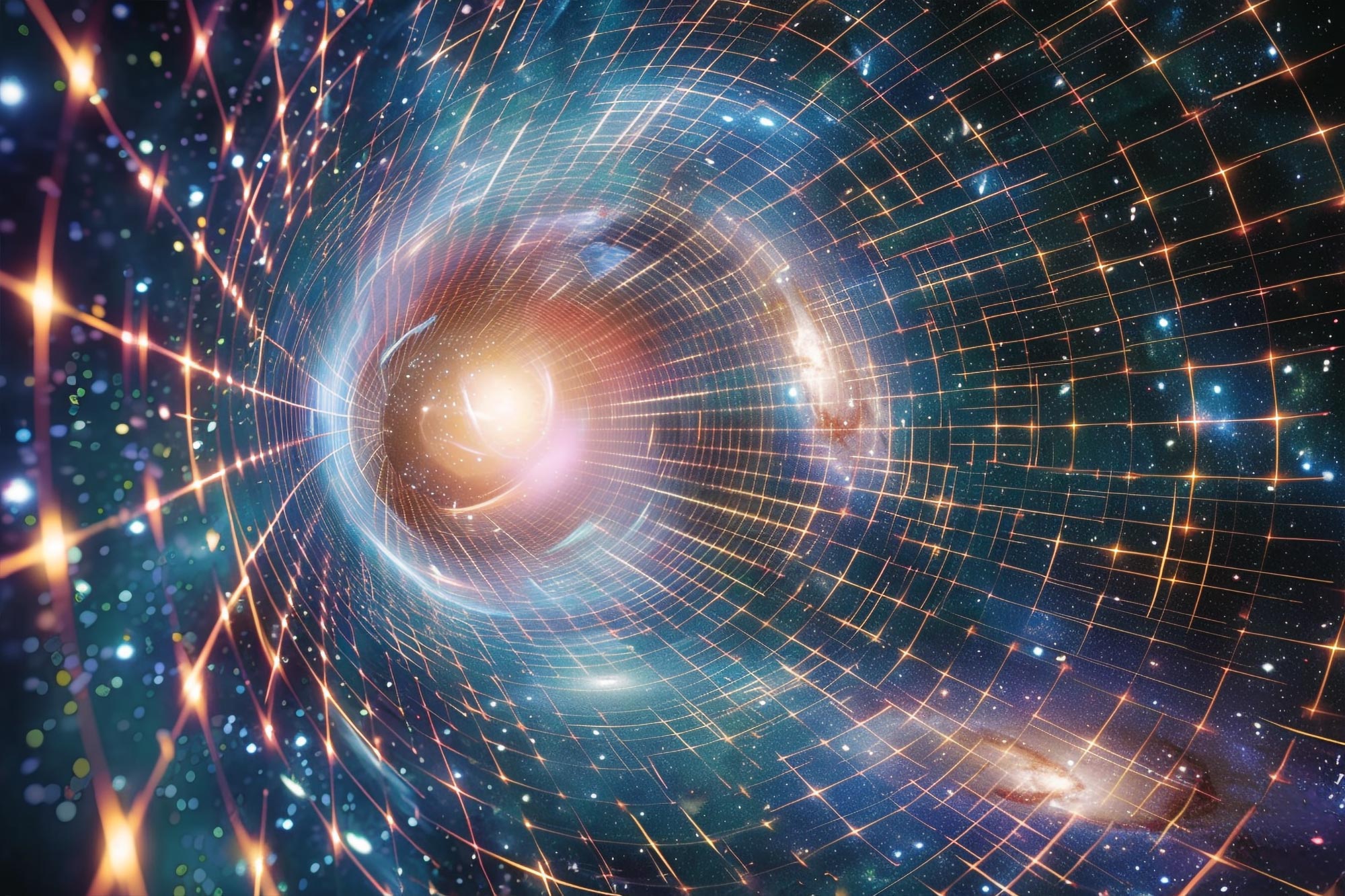Stellar fireworks: Hubble revisits the 40-year Nova mystery of a strange star
This artist’s concept shows the nova system HM Sagittae (HM Sge), where a white dwarf star is pulling material from its red giant companion. This forms a red-hot disk around the dwarf, which could unpredictably undergo a spontaneous thermonuclear explosion as the red giant’s hydrogen trap becomes denser and reaches a tipping point. These fireworks … Read more
